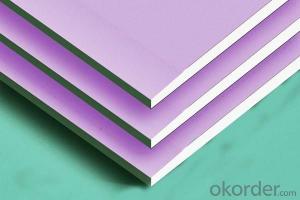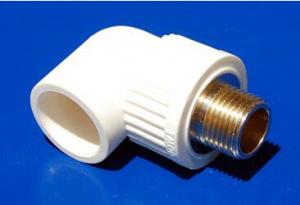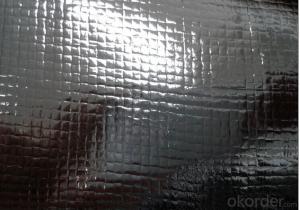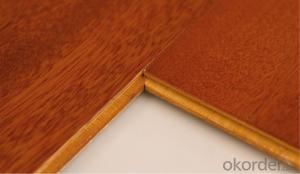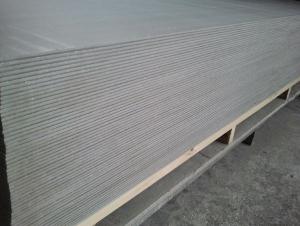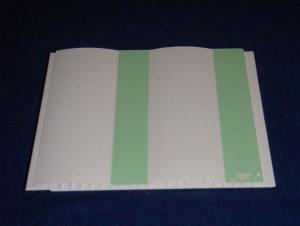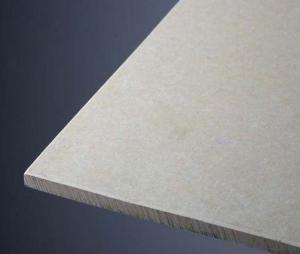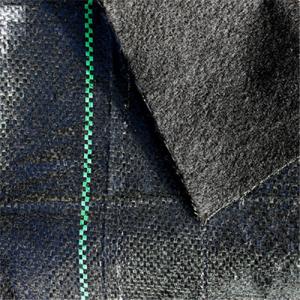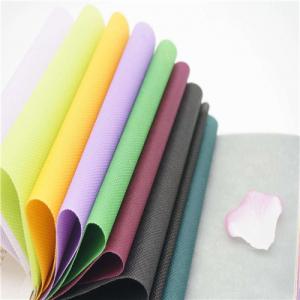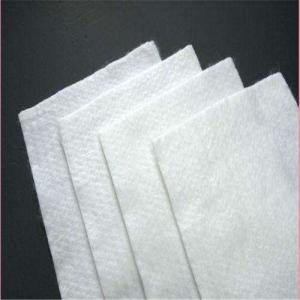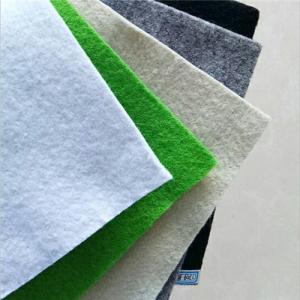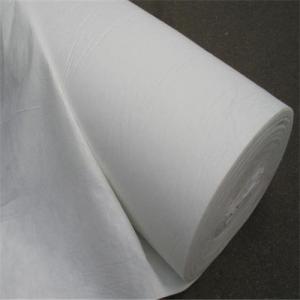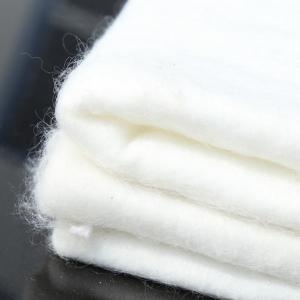Geogrid For Gravel Driveway
Geogrid For Gravel Driveway Related Searches
Best Paint For Stainless Steel Blanket Insulation For Steel Buildings Primer For Galvanized Steel Foam Filter For Stainless Steel H S Code For Stainless Steel Surface Grinding Wheels For Stainless Steel Surface Grinding Wheels For Hardened Steel Hole Saw For Stainless Steel Paint For Stainless Steel Stainless Steel For BbqHot Searches
Steel Mesh Panels For Sale Price For Stainless Steel Scrap Scrap Price For Stainless Steel Price For Stainless Steel Stainless Steel Plate For Sale Stainless Steel Tank For Sale Stainless Steel Sheets For Sale Cheap High Tea Sets For Sale Stainless Steel Tanks For Sale Stainless Steel For Sale High Density Fiberboard For Sale Solar Hot Water Collectors For Sale Scaffolding For Sale In Uae Scaffolding For Sale In Ireland Scaffolding For Sale In Houston Type Of Inverter For Solar Price Of Shipping Containers For Sale Types Of Inverter For Solar Stock Price For Aluminum Steel Mesh Panels For SaleGeogrid For Gravel Driveway Supplier & Manufacturer from China
Okorder.com is a professional Geogrid For Gravel Driveway supplier & manufacturer, offers integrated one-stop services including real-time quoting and online cargo tracking. We are funded by CNBM Group, a Fortune 500 enterprise and the largest Geogrid For Gravel Driveway firm in China.Hot Products
FAQ
- Yes, geotextiles can be used in geosynthetic clay liner caps. Geotextiles are often used as a separate protective layer or as a reinforcement in geosynthetic clay liner caps to enhance their performance and provide additional benefits such as filtration, separation, and erosion control.
- Yes, geotextiles can be used for erosion control in golf courses. Geotextiles are permeable fabrics that can be installed to stabilize soil and prevent erosion by retaining sediment and preventing it from washing away. They can be used in various applications such as stabilizing slopes, reinforcing embankments, and controlling sediment runoff, which makes them an effective solution for erosion control in golf courses.
- Geotextiles are a specific type of geosynthetic that are primarily used for separation, filtration, and drainage purposes in various civil engineering projects. Unlike other geosynthetics such as geogrids or geomembranes, geotextiles are made from woven or non-woven fabrics, which provide them with different physical properties and application capabilities. Geotextiles are generally more flexible, lightweight, and permeable, allowing for efficient water and gas flow while preventing soil erosion and promoting soil stabilization.
- Yes, geotextiles can be used for reinforcement of landfills. They are commonly used as a barrier to prevent soil erosion and provide stability to the landfill slopes. Geotextiles can also help in reducing the potential for leachate seepage and improve the overall performance and longevity of the landfill system.
- Geotextiles are used in railroads to effectively separate and stabilize different layers of the track system. By providing a strong barrier between the subsoil and the ballast layer, geotextiles prevent the mixing of materials and maintain the integrity of the track structure. This separation helps to evenly distribute loads and prevent differential settlement. Additionally, geotextiles contribute to stabilization by enhancing the overall strength and stiffness of the track system, reducing the potential for deformation and improving the long-term performance of the railroads.
- Ask geotextile factory in the use of geotextile aperture detector detection method which?
- Hello, geotextile detection method in GB / T and GB / T geotextile aperture in the introduction, you can look at these two standards. The first is geotextile pore size detection wet sieve method, the second is geotextile aperture detection dry sieve method. As the name suggests the first of these two methods is the participation of water, the other is basically the same, are placed in a single layer of geotextile standard small particles, through the vibration to detect the size of the leakage of particles to determine the geotextile pore size size. The difference is that the first standard in the need for continuous water on the particles, so the calculation method are also different. Specific detailed distinctions You can search these two criteria separately.
- Geotextiles help in reducing the risk of slope failures by providing reinforcement and stabilization to the soil. They are used to reinforce the soil layers, prevent erosion, and improve drainage, thereby enhancing the overall stability of the slope.
- Yes, geotextiles are suitable for use in wetlands. They are commonly used to stabilize soil, control erosion, and promote vegetation growth in wetland areas. Geotextiles can help retain moisture, filter water, and provide support to prevent soil movement. Additionally, they are often biodegradable or made from natural materials, making them environmentally friendly and suitable for use in wetland ecosystems.















